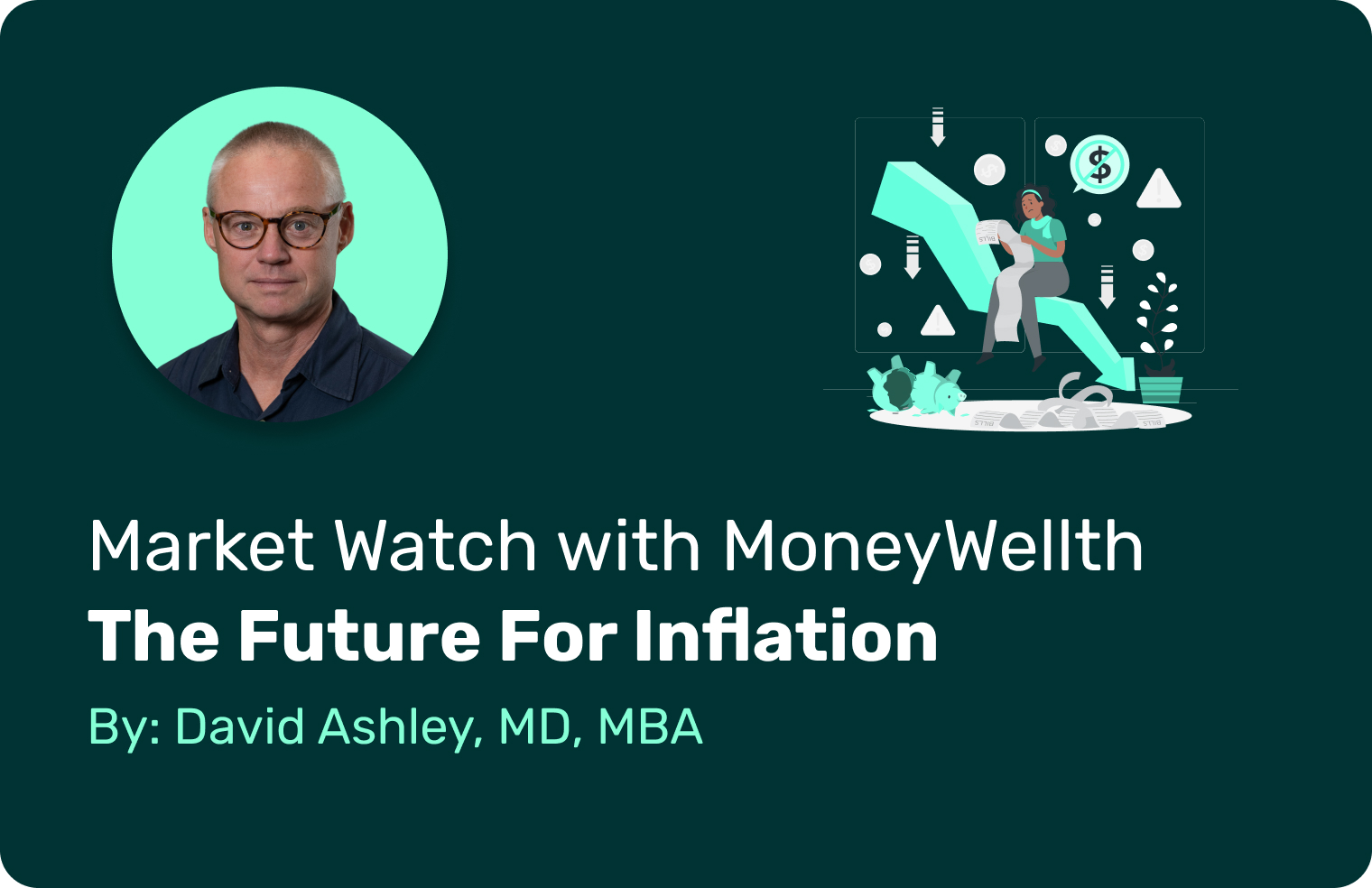Yesterday the Consumer Price Index, or CPI, came in at 4%, slightly below expectations. This means that consumer prices are still increasing but at a slower rate. This is referred to as “disinflation.” Last month the number was 4.8%, indicating that inflation is improving. It is still double the Federal Reserve stated goal of 2%, but the direction is promising.
Tomorrow, the Federal Reserve, the Fed, meets to discuss plans for interest rate hikes. They have increased rates at the last ten meetings in a row, so the Fed Funds rate is now just above 5%, up from just above 0% one year ago. This means borrowing money for individuals and businesses now costs a lot more.
The consensus has been that the Fed will pause this month and not increase interest rates. Yet, the Fed has indicated that they are prepared to keep raising interest rates in the future if inflation persists at an elevated level.
The Fed is in a bind. To bring inflation down to 2%, they likely need to continue to increase interest rates. The effect of rate increases is to purposely slow down the economy, which usually brings inflation down. If money costs more to borrow, people spend less on big-ticket items such as homes and cars and put less on their credit cards. With higher rates, corporations must pay more to borrow money to invest in themselves. Companies will decrease their investments.
It takes about 12-18 months for the effects of rate hikes to be felt in the economy. It has been one year since the Fed made its most aggressive rate hikes. The impact of those hikes should be starting to work their way through the system now. Inflation is coming down. Home prices have stabilized and decreased slightly due to the increased cost of borrowing. We see some well-known companies closing their doors and declaring bankruptcy. The Fed is watching this closely.
Most likely, the Federal Reserve is watching two main areas. They need inflation numbers to shift closer to 2%. They prioritize the Consumer Price Index (CPI) and the Producer Price Index (PPI) and will continue to raise rates as long as these stay elevated.
Even if we are not hearing about it, the Fed is watching the banking industry closely, especially the smaller regional banks. Three banks went out of business in March. Many more are still at risk of failure. Some of the factors that have contributed to bank failures have not changed at all. Banks take deposits and buy government bonds as “safe” investments. If the bonds are held to maturity, ten years, for example, the banks get their entire investment back at the end of ten years and receive interest payments from those bonds throughout the ten years. Banks must sell the bonds early if a sufficient number of depositors and their money leave. Rates on ten-year bonds have more than doubled in the last year. This means that right now, if a bank has to sell bonds before they reach maturity, they will sell at a loss.
Depositors are taking their money out of the smaller banks for two main reasons. Some move money to larger banks that are perceived as safer. Many people also pull money out of savings at their banks to invest elsewhere with a better interest rate. Banks are still paying less than 1% on most savings accounts. A better alternative at present is very safe short-term US Treasuries of 4 wk to 6 months duration, currently yielding >5%, or money market funds or high-yield savings accounts with a similar 5% yield. Banks are forced to liquidate their bonds and other investment portfolios at a substantial loss when depositors withdraw a significant amount of money. In turn, this forces banks out of business if they don’t have sufficient funds.
See much you can make by moving your savings to a money market or high-yield savings account with the MoneyWellth savings calculator.
I anticipate that if we have more bank failures, the Fed pause predicted for tomorrow will turn into a reversal, and rates will be lowered. This will likely cause inflation to worsen again. If the banks are doing all right and inflation stays where it is now, the Fed will likely continue to increase rates starting in July or August. They will do this until inflation is controlled or until something breaks, such as the banks, the real estate market, or the stock markets.
Watch inflation numbers and watch out for bank failures. That will determine what happens with interest rates going forward.

